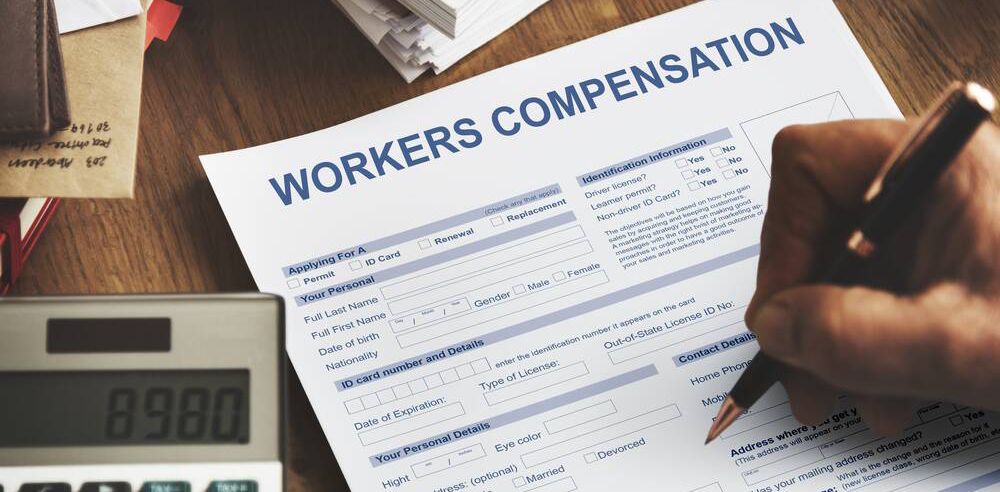
Workplace Discrimination: 6 Essential Insights You Need
Workplace discrimination is a complex and pervasive issue that affects individuals in various industries and at all levels of employment. It can manifest in subtle or overt ways and has far-reaching consequences for employees and organizations alike. In this article, we will explore six crucial insights about workplace discrimination, shedding light on its various forms, legal protections, and steps for addressing and preventing it.
For additional information on legal protections and guidance related to workplace issues, including discrimination, individuals can refer to resources such as those provided by different types of injuries. This dedicated platform offers valuable insights, ensuring that individuals have access to reliable information as they navigate workplace challenges.
Understanding Workplace Discrimination
Workplace discrimination refers to the unjust treatment of employees or job applicants based on factors such as race, gender, age, disability, religion, or other protected characteristics. Discrimination can occur during various stages of employment, including hiring, promotion, compensation, and termination.
For individuals seeking to understand the claim process and legal recourse in cases of workplace discrimination, it is crucial to explore resources that provide comprehensive insights. This dedicated platform offers valuable information on the steps involved in filing a discrimination claim, ensuring that individuals have access to reliable guidance as they navigate the legal aspects of addressing workplace discrimination. By combining the insights from what is the claim process, individuals can navigate the complexities of the claim process with a better understanding of their rights and options.
Types of Discrimination
Workplace discrimination can take various forms, including:
- Racial Discrimination: Treating individuals differently based on their race or ethnicity.
- Gender Discrimination: Unfair treatment based on gender, including bias against women or men.
- Age Discrimination: Discriminating against individuals due to their age, often affecting older workers.
- Disability Discrimination: Unfair treatment based on a physical or mental disability.
- Religious Discrimination: Treating employees differently due to their religious beliefs or practices.
- Sexual Orientation Discrimination: Bias against individuals based on their sexual orientation.
- Pregnancy Discrimination: Unfair treatment of pregnant employees or job applicants.
Safeguards Against Discrimination
In the United States, there are laws in place to protect individuals from workplace discrimination. Understanding these legal protections is essential for employees and employers alike.
Title VII of the Civil Rights Act
Title VII of the Civil Rights Act of 1964 prohibits discrimination based on race, color, religion, sex, or national origin. It applies to employers with 15 or more employees and covers various aspects of employment, including hiring, firing, and promotion.
The Age Discrimination in Employment Act (ADEA)
ADEA protects workers who are 40 years of age or older from discrimination based on age. It applies to employers with 20 or more employees and covers areas such as hiring, firing, and benefits.
The Americans with Disabilities Act (ADA)
The ADA prohibits discrimination against individuals with disabilities. It applies to employers with 15 or more employees and covers various aspects of employment, including reasonable accommodations.
Recognizing Subtle Forms of Discrimination
Not all forms of workplace discrimination are overt or easily identifiable. Subtle discrimination can be just as harmful and pervasive, making it essential to recognize and address.
Microaggressions
Microaggressions are subtle, often unintentional acts or comments that convey bias or discrimination. They can be based on race, gender, age, or other protected characteristics, and they create a hostile work environment.
Implicit Bias
Implicit bias refers to unconscious stereotypes or prejudices that influence our decisions and actions. Identifying and addressing implicit bias is crucial for promoting diversity and inclusion in the workplace.
Reporting and Addressing Discrimination
Employees who experience workplace discrimination should know how to report it and seek resolution. Employers, in turn, must have clear procedures for addressing discrimination complaints.
Internal Reporting
Most organizations have internal channels for employees to report discrimination. This may involve speaking with a supervisor, HR department, or designated ombudsman.
External Reporting
If internal reporting does not lead to resolution or if an employee feels unsafe doing so, they can file complaints with external agencies such as the Equal Employment Opportunity Commission (EEOC) in the United States.
Preventing Workplace Discrimination
Preventing discrimination is a shared responsibility among employees and employers. Organizations can take proactive steps to create inclusive workplaces.
Diversity and Inclusion Initiatives
Organizations should implement diversity and inclusion programs that promote equal opportunities, address biases, and foster an inclusive workplace culture.
Training and Education
Mandatory anti-discrimination training for employees and managers can raise awareness about discrimination and how to prevent it.
The Role of Allies and Bystanders
Employees who witness discrimination can play a crucial role in addressing it. Being an ally or active bystander involves taking steps to support victims and prevent further discrimination.
Speaking Up
Bystanders can speak up when they witness discrimination, offering support to the victim and holding the perpetrator accountable.
Reporting
Encouraging bystanders to report incidents of discrimination can help organizations address issues promptly.
Workplace discrimination is a persistent challenge that requires collective effort to address and eliminate. Understanding the various forms of discrimination, legal protections, recognizing subtle bias, reporting incidents, and preventing discrimination through education and awareness are all essential steps toward creating inclusive and equitable workplaces. By working together, employees and employers can promote a culture of diversity, respect, and fairness, ultimately benefiting both individuals and organizations.






